Period
Mar. 2016 ~ Jun. 2018
Role
Product Designer

Objective
- Expand the Samsung Pay service globally after its first launch in 2015 and increase the number of active users and transactions by localizing value-added services.
Responsibilities
- I designed several country-specific payment solutions customized for Samsung Pay and assisted in its worldwide launch, including China, Singapore, the UK, and India.
Results
- We observed approximately 15% growth in overall weekly active users by launching local payment services in China and India.
- Samsung Pay has experienced significant global growth, enabling users in 24 markets to benefit from simple and secure payments within three years, and passed more than 1.3 billion transactions globally in August 2018.
Since 2015, there has been a significant increase in the trend of going ‘wallet-less.’ During this time, Samsung introduced Samsung Pay, a mobile payment service that allows users to replace cash and credit cards, on the Galaxy S6 in South Korea and the US.
Paying with a phone was unfamiliar to most people in 2016 and was accepted by only a very small number of participating retailers. Even so, there were positive demands from users willing to use new services once they became available.
0
of Spaniards
According to an online survey conducted in January 2016, 58% of Spaniards, a sample of 1,000 respondents between 18 and 65, expressed interest in using mobile payment solutions like Samsung Pay in their lives.
0
of Samsung users in Singapore
have indicated interest in using Samsung Pay once it becomes available, based on a research study commissioned in February 2016 involving 400 respondents.
The problem
Payment methods differ from countries, so how people pay for goods and services varies significantly.
Credit or debit card payments were standard in South Korea and the US, but card usage in China, for example, was not as widespread. Historically, China has preferred using cash for transactions, and alternative methods such as QR/barcode payment have become extremely popular, including restaurants, supermarkets, taxis, and even public services.
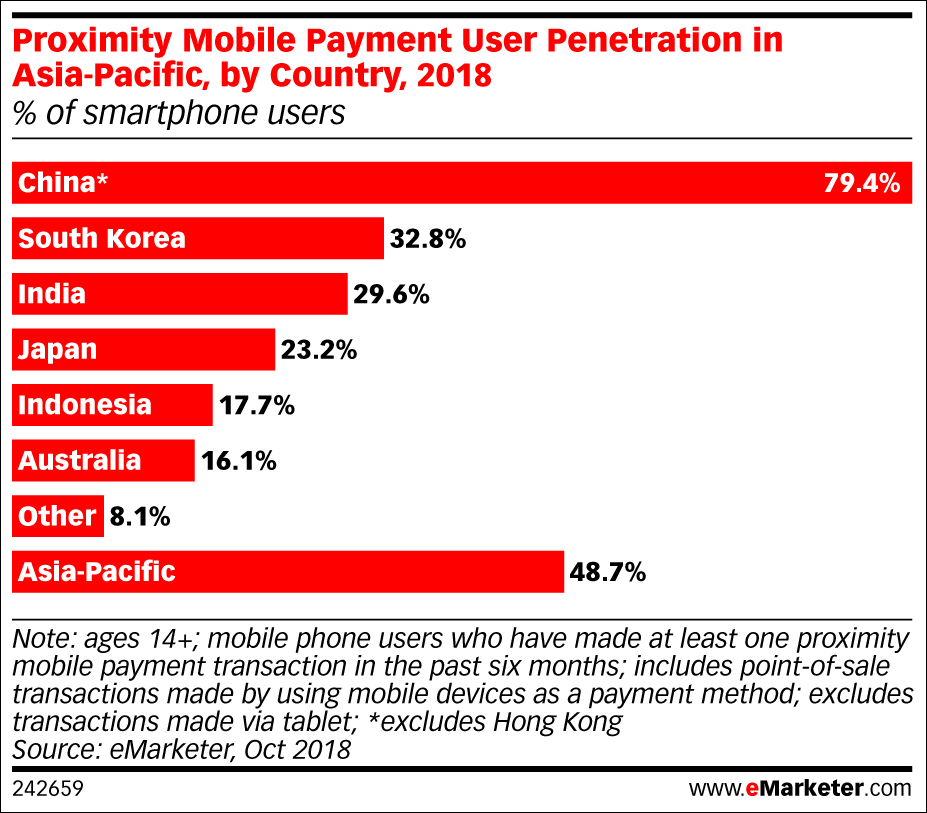
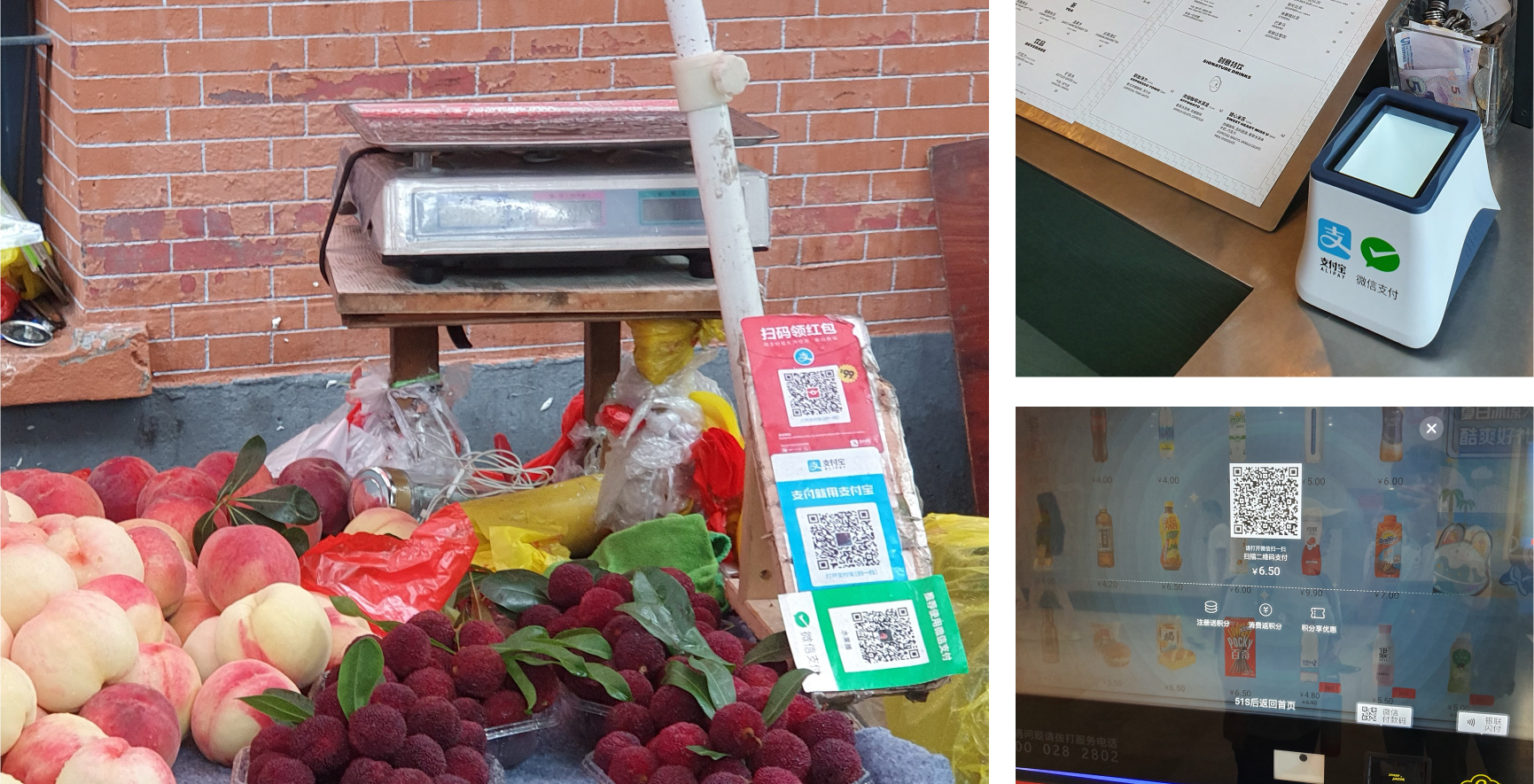
Project approach
As a result, Samsung Pay needed to be customized for every market it launched in, bringing tailored solutions and partnerships. My responsibility was to integrate local services and make the current payment experience more convenient, engaging people to use our services frequently and increasing the number of active users.
Starting with research
I first researched QR/barcode payments and collaborated with Chinese partners to integrate their solutions into Samsung Pay.
Previously, paying with code was required to open a separate app on devices. When customers wanted to spend with their QR or barcode in-store, they had to unlock their phone, find the supported app, and open it. Most apps require extra security verification before displaying codes; people must enter a payment PIN or authenticate with biometrics. Once the verification process is complete, they can purchase with payment codes.
Although necessary, these steps can be time-consuming and inconvenient for users.

Design exploration
Thanks to collaboration with device framework engineers, Samsung Pay is accessible without requiring users to unlock their phones. Payments can be made even when the phone is still locked by entering a payment PIN or verifying biometrics. I found this can also simplify the QR/barcode payment process faster, removing the need to access other apps.

After researching the QR/barcode payment experience and considering the current design concept of Samsung Pay, I concluded that the new design should be similar to a card style.
- Can be used without unlocking the phone, just like making payments with credit or debit cards.
- Can be easily switched between other payment methods.
- Should be aligned and consistent with the current design concept.
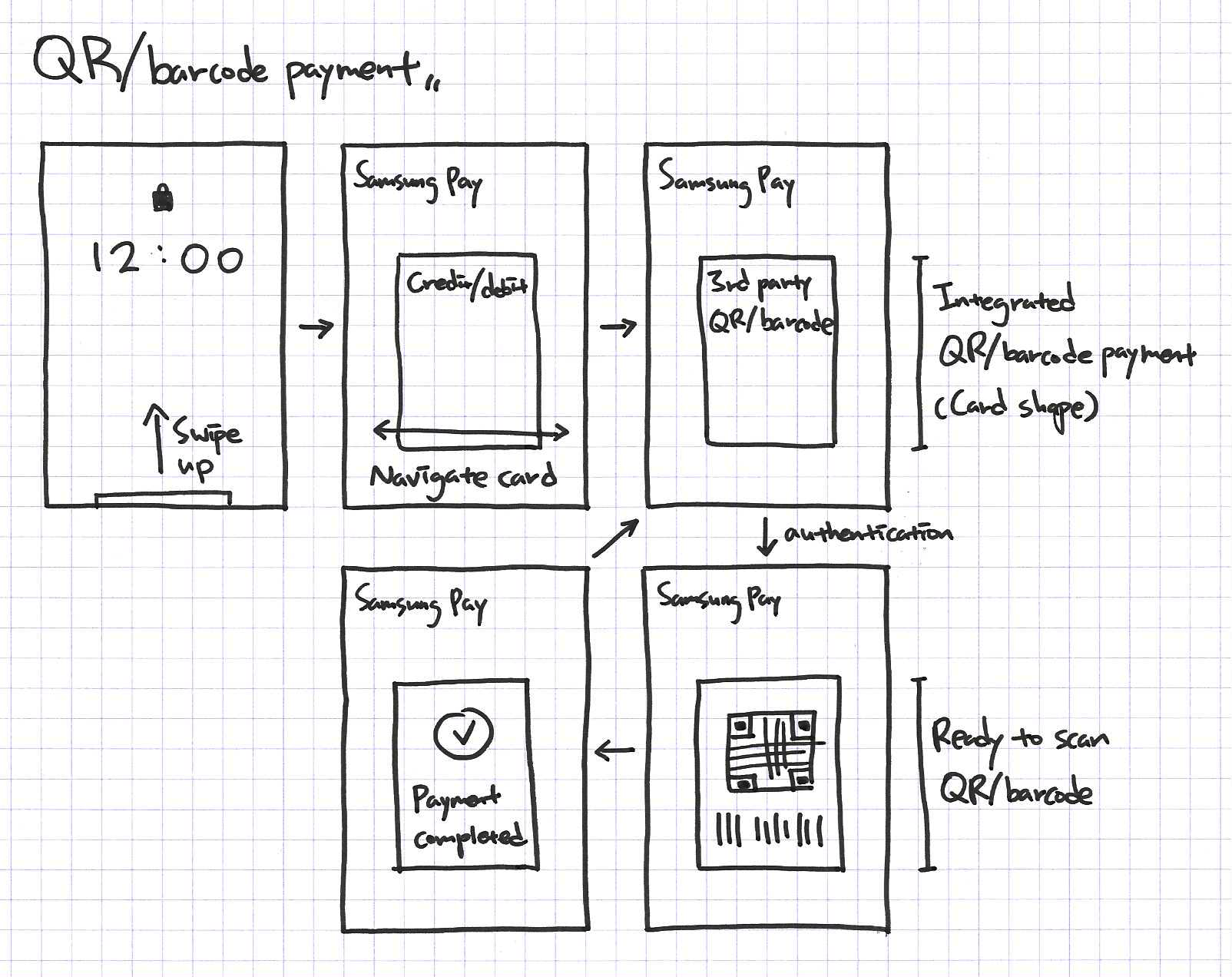
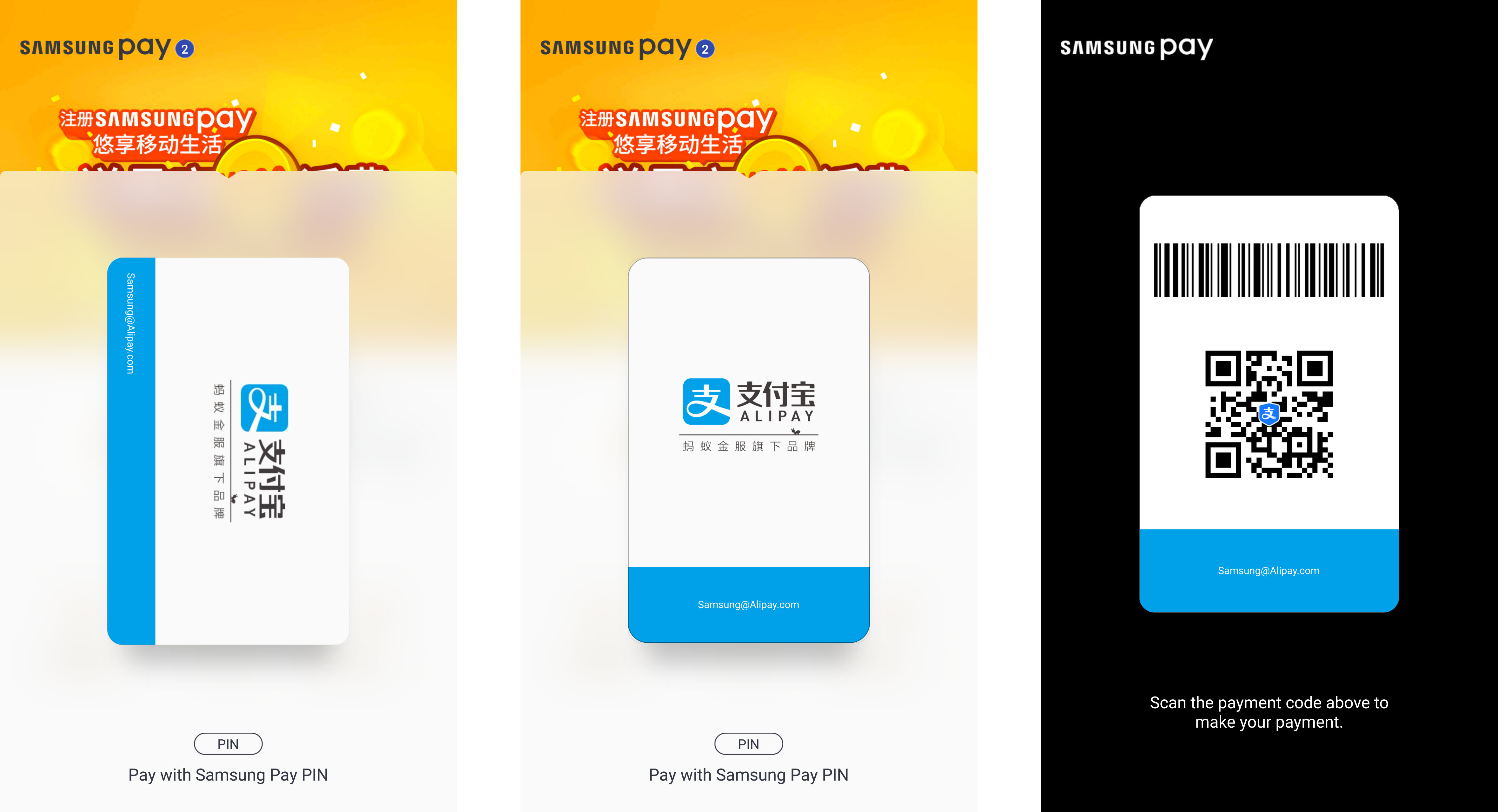
The final product
I made final design refinements based on partners’ and internal leadership feedback. I worked closely with the engineering team through design specifications and conducted multiple tests on builds before the launch.
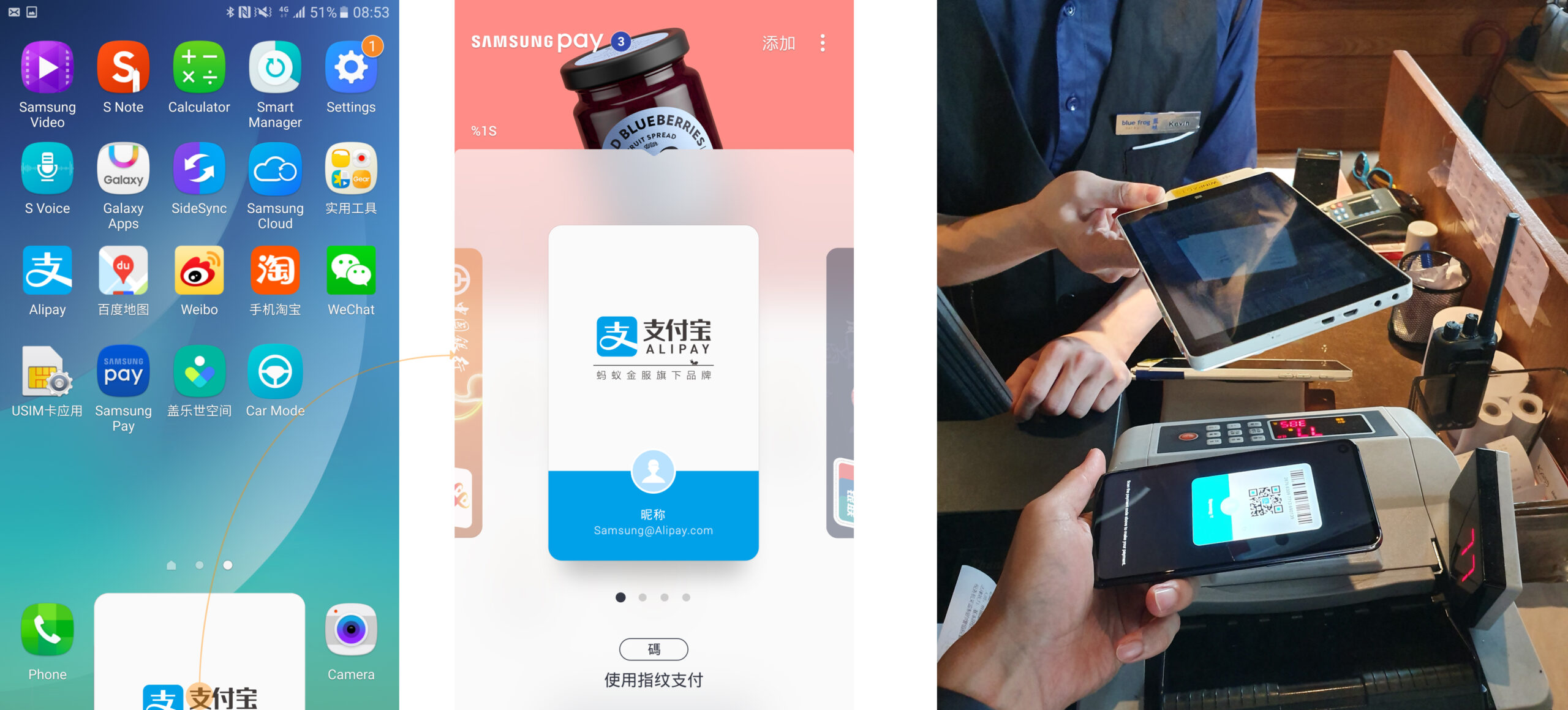
After implementing Alipay, the company expanded its partnership with WeChat Pay, the second-leading QR/barcode payment service. The development period was significantly reduced by almost one-third due to integrating with a close design concept.
Additionally, in March 2017, Samsung Pay supported several digital wallet services in India with similar requirements to show payment codes within the app without opening multiple apps. These expansions were developed based on the existing concept, resulting in an efficient design process.
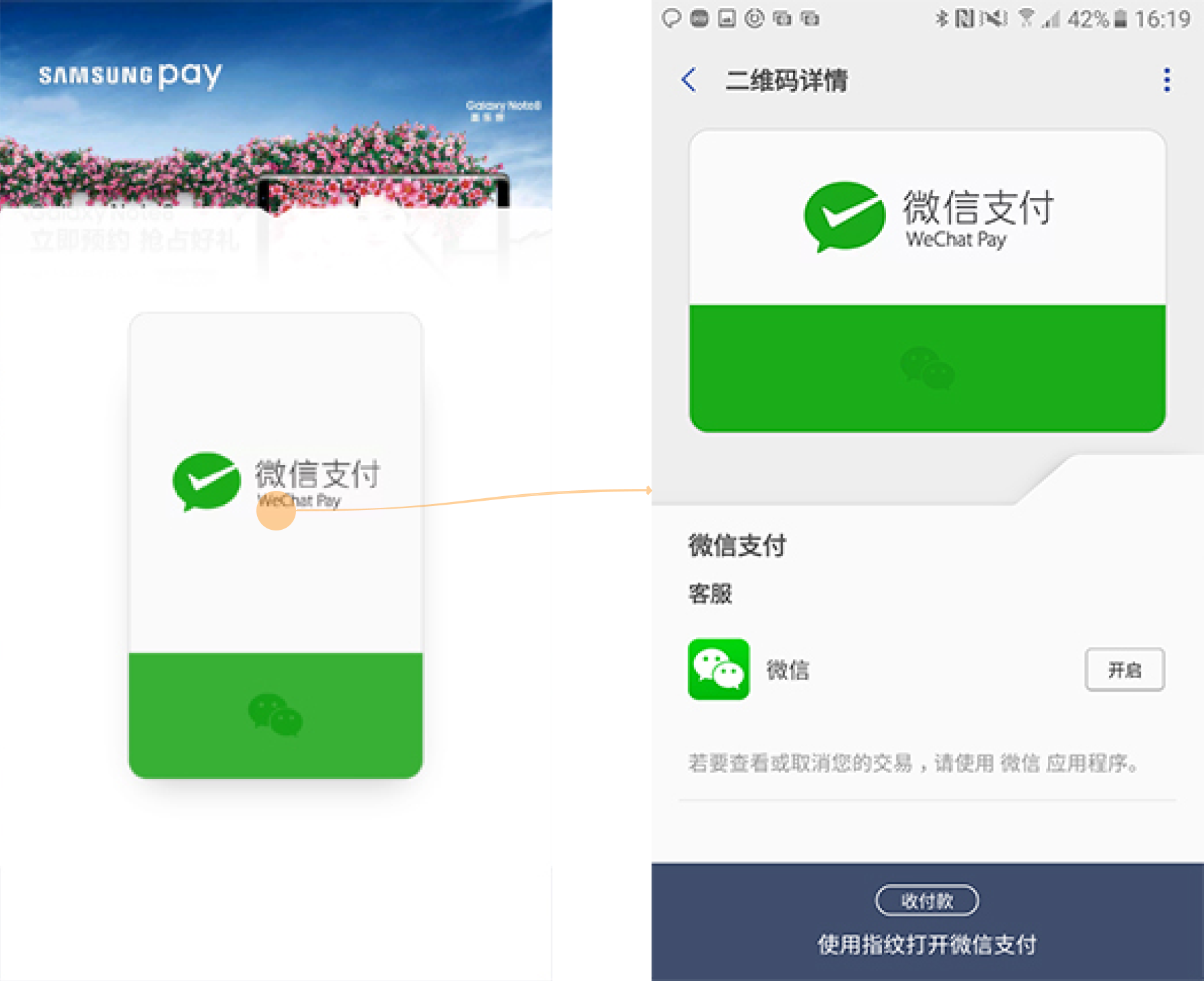
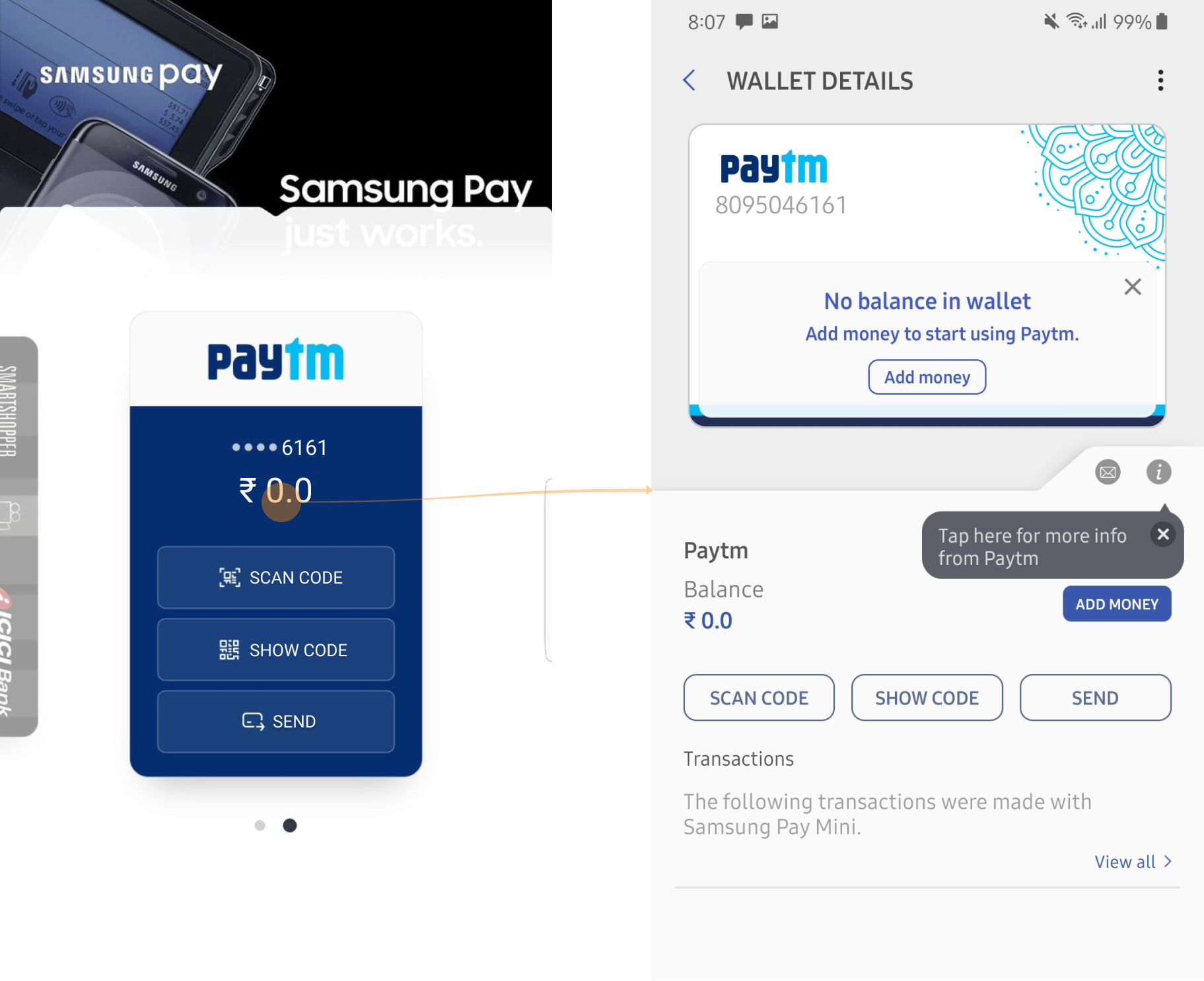
Integrating QR/barcode payment has been crucial in supporting Samsung Pay for lower-segment devices. This solution enables users to make payments even if they don’t have a credit or debit card. It has become essential to cater to different device segments, allowing the company to expand its user base, particularly in China and India, where many prefer affordable devices over high-end ones.
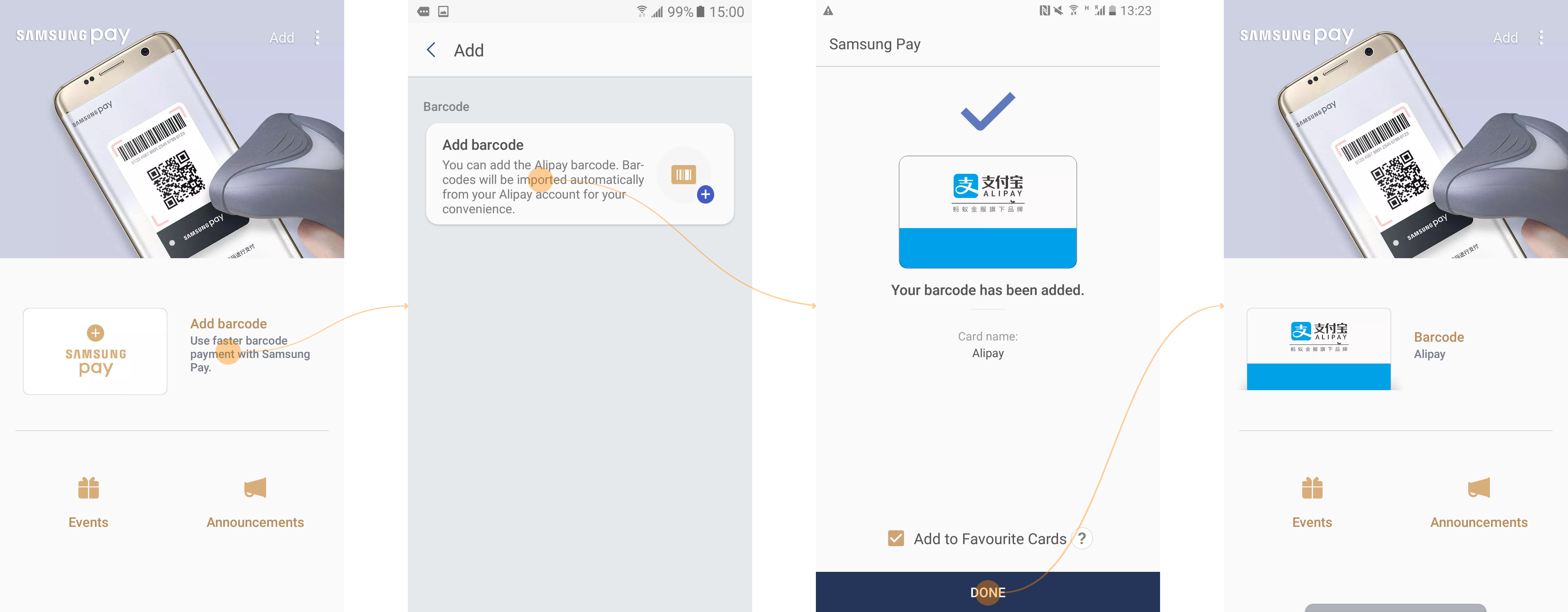
- After launching local payment services in China and India, the number of active users who use Samsung Pay at least once a week has increased by around 15% overall.
- Successfully implemented design updates based on research and usability testing, users in 24 markets benefited from simple and secure payments within three years, and it passed the milestone of more than 1.3 billion transactions in August 2018. (Samsung Newsroom Global Link)
- Has won awards for “Best Contactless Innovation of the year”, “Best Mobile Payments Solution of the year”, “Best Payments Innovation of the year” at the Payments and Cards Summit 2017. (Samsung Newsroom India Link)
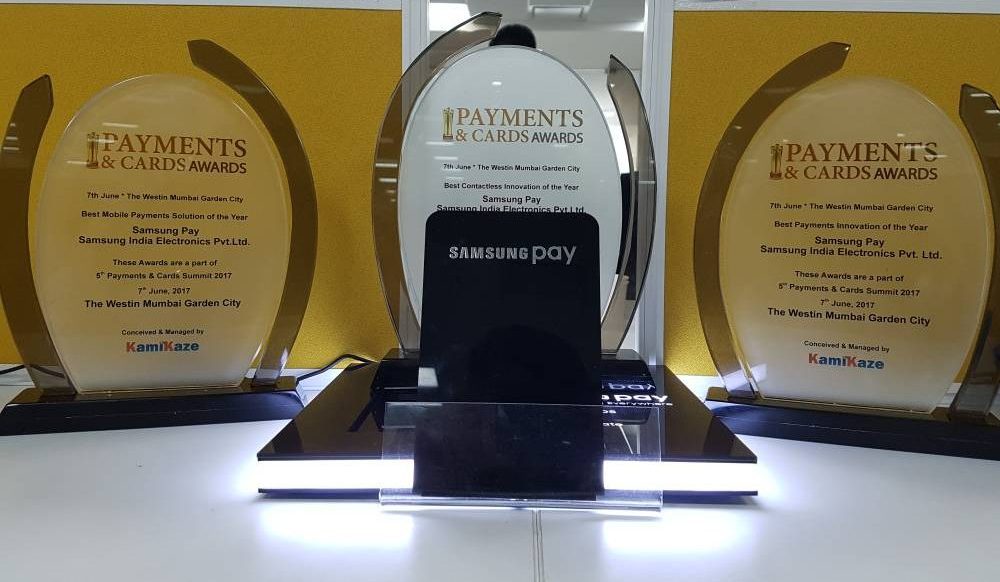
- Has won for “Best Mobile Innovation for Payment” at the GLOMO Awards for its industry-leading mobile payment service at Mobile World Congress 2018. (Samsung Newsroom Global Link)